Key Points and Summary – The United States’ decision to ban exports of the F-22 Raptor, while intended to protect its technological secrets, was a major strategic blunder.
-This policy denied key allies like Japan, Australia, and Israel access to the world’s premier air-superiority fighter, leaving them more vulnerable to the advanced air forces of China and Russia.
-The ban also eliminated economies of scale, driving up the jet’s cost and leading to a prematurely closed production line. This created a critical “air superiority gap” within allied fleets that the more versatile, but less dominant, F-35 has not been able to fill.
The F-22 Stealth Fighter Mistake
In the skies where America’s rivals are now testing its resolve and its capabilities—from Russia over Ukraine and across Europe to China over the Taiwan Strait and Iran over the Gulf—a decision made decades ago still looms large.
In the 1990s, the United States chose to make the F-22 Raptor an American monopoly. It prevented even America’s closest allies from acquiring the world’s best air-superiority fighter.
The F-22 Raptor: Not For Sale
The logic was understandable, if ultimately regrettable: culture favored secrecy and export controls to protect technological advantage, and the F-22 was, at the time, the closest the U.S. had ever gotten to an “unbeatable” warplane.
But the F-22 export ban would become one of the most strategically consequential decisions of the post-Cold War era. The United States lost the chance to multiply allied combat power at the high end of the air domain and a once-in-a-generation opportunity to lock partners into an integrated airpower ecosystem.
Likely just as damaging, the export ban sacrificed economies of scale that could have lowered unit costs, kept the production line open, and helped sustain the larger defense-industrial base. As a result, the Raptor became rarer and more expensive than it needed to be.
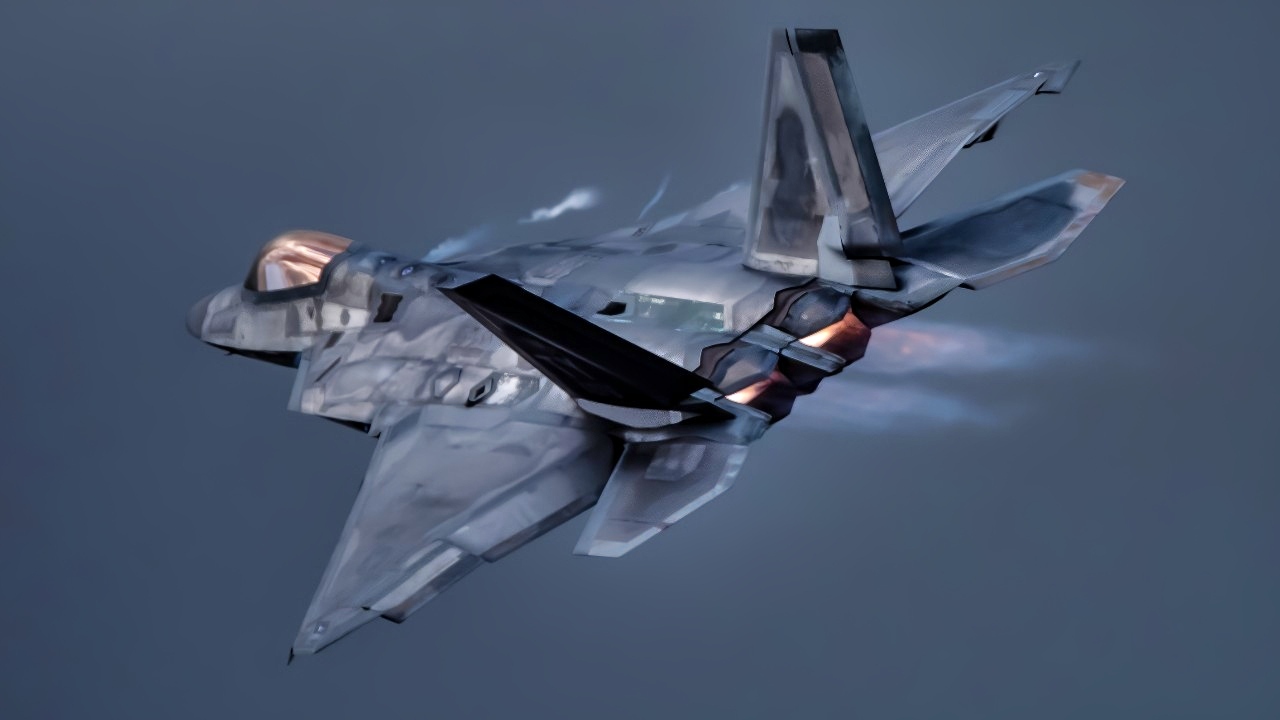
U.S. Air Force Maj. Josh Gunderson, F-22 Raptor Demonstration Team commander and pilot, flies a practice demo at Joint Base Langley-Eustis, Va., Dec. 6, 2019. Representing Air Combat Command, the F-22 Demo Team travels to air shows all across the world showcase the performance and capabilities of the world’s premier 5th-generation fighter. (U.S. Air Force photo by 2nd Lt. Sam Eckholm)
The Logic
The export ban on the F-22 was initially based on sound logic. The air-superiority fighter represented the pinnacle of stealth coatings, avionics, and sensor fusion at the time. Lawmakers were concerned that the transfer of just one airframe, let alone a production line, could lead to espionage or reverse engineering.
Starting in the late 1990s, a series of defense appropriations bills would explicitly prohibit exports, enshrining the Raptor as a uniquely American weapon system. When Japan, Australia, and Israel inquired about acquiring the F-22, they were rebuffed. Protecting sensitive technology was the top priority for Washington.
The Price Was High
It would, however, exact a high price for that decision. The F-22 remains the gold standard for air superiority today, but its only operators are the US Air Force. Allies instead received the F-35 Lightning II. Comparing the two platforms is instructive.
The F-22 was initially designed as a pure air-superiority fighter, optimized to dominate the skies through stealth, agility, and unrivaled sensor fusion.
In contrast, the F-35 was designed from the outset to be a multirole aircraft. It can conduct precision ground strikes, electronic warfare, intelligence, and surveillance missions, as well as air-to-air combat, making it a versatile workhorse for allied air forces. However, that versatility came at the cost of the singular edge in air dominance that the Raptor provided.
The absence of that advantage in allied fleets has left vulnerabilities that adversaries have been eager to exploit. China now fields the J-20 in considerable numbers, while Russia continues to promote the Su-57 and related prototypes.
Both countries are investing in the research and development of sixth-generation fighters. Against such threats, US allies must rely on a mixed force that lacks the decisive edge the Raptor could have provided.
The industrial and logistical context provides part of the explanation for the decision. The Raptor was never intended for export from its inception. The production line, configured for domestic use only, was not set up with the frameworks of joint training, multinational sustainment, and shared supply chains that undergirded the F-35 program. When the F-22 production line was shut down in 2011 after only 195 aircraft were built, restarting production would have required billions in new investments for a relatively small number of additional units. It is at this point that the export decision has a hidden cost.
Had Japan, Australia, or Israel been permitted to acquire the Raptor, those foreign orders might have kept the production line open longer, reduced the per-aircraft cost through economies of scale, and maintained a more sustainable industrial base. By contrast, the short production run solidified a prohibitively expensive per-aircraft price point, which discouraged expansion and made termination all but inevitable.
The strategic consequences soon outweighed the industrial calculus. Close allies in Asia faced a growing Chinese stealth fleet without access to the one platform that could have neutralized it on the most favorable terms. In Europe, the export ban also contributed to the perception that the United States was unwilling to share its most advanced weapons.
These decisions encouraged independent fighter initiatives—from Europe’s Future Combat Air System (FCAS) and the UK-Japan-Italy Global Combat Air Programme (GCAP) to South Korea’s KF-21. While fighter diversification does carry certain benefits, it also fragments the alliance landscape, complicates interoperability, and degrades some of the efficiencies that a larger, more common production base could have provided. The absence of the F-22 was one contributing factor in that drift.
The opportunity costs were significant. Standard platforms are not merely common weapons; they also provide the foundation for shared doctrine, joint training, and integrated logistics. They develop habits of cooperation and engender trust. Denying allies access to the Raptor rejected the opportunity to forge such joint air-dominance practices. The F-35 has reduced that gap, but no equivalent coalition capability exists at the high end of the air-superiority spectrum. The result is a deterrence imbalance at precisely the point where unity is most essential.

U.S. Air Force Capt. Nick “Laz” Le Tourneau, F-22 Raptor Aerial Demonstration Team commander, performs an aerial maneuver during the Hyundai Air and Sea show at Miami, Florida, May 25, 2025. The F-22 Aerial Demonstration Team highlights cutting-edge airpower, precision, skill, all while reinforcing public confidence in the Air Force’s ability to protect and defend. (U.S. Air Force photo by Staff Sgt. Lauren Cobin)
Export controls, of course, could have been structured differently. A stripped-down variant, with the most sensitive components removed, would have significantly reduced the risk.
Such options could have been buttressed with contractual and supply-chain safeguards to allay concerns. Cooperative production could have spread the costs while deepening industrial ties. Instead, Washington chose the path of exclusivity and, in doing so, eroded both deterrence and alliance cohesion.
What Happens Now?
The consequences of that decision are now upon us. By 2025, the United States will be proceeding with the Next Generation Air Dominance (NGAD) program, and the F-47 is emerging as the centerpiece.
Europe, Japan, and others are investing heavily in their own sixth-generation fighters. The trend suggests a future airpower environment that is more multipolar, with fewer shared platforms at the highest tier. If the reasons for that divergence are analyzed, the F-22 export ban will be recognized as a pivotal moment.
The Raptor remains the world’s finest air-superiority fighter ever made. Its mistake was not in its capabilities but in the politics surrounding it. By making the aircraft untouchable, it was unable to realize its full strategic potential.
The opportunity to more broadly spread deterrence, to build trust through shared capabilities, to sustain the production line, and to lower unit costs through allied orders was foregone. With a new generation of fighters already in development, repeating that mistake now would only compound the original sin.
Exclusivity may serve to protect secrets, but it does not serve to strengthen alliances. Only interoperability and shared strength can do that.
F-22 Raptor Encounter: National Security Journal Visits F-22 at U.S. Air Force Museum
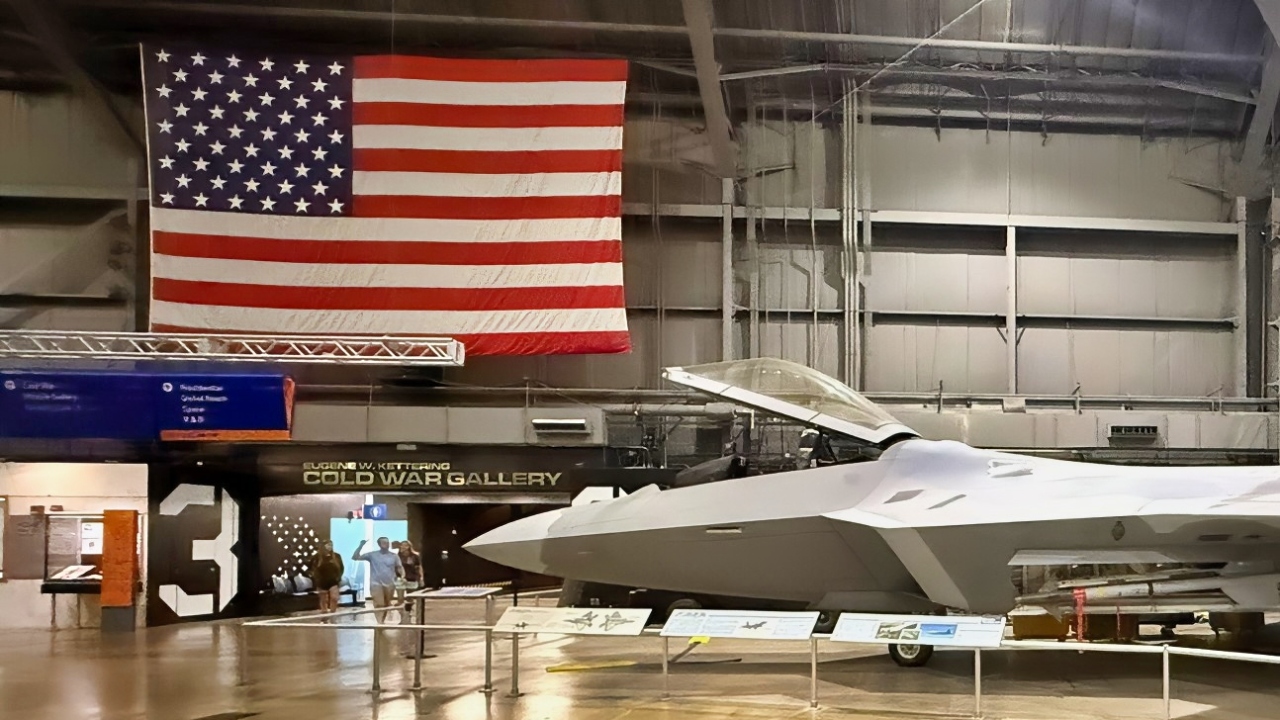
F-22A Raptor in the Air Force Museum NSJ Photo.
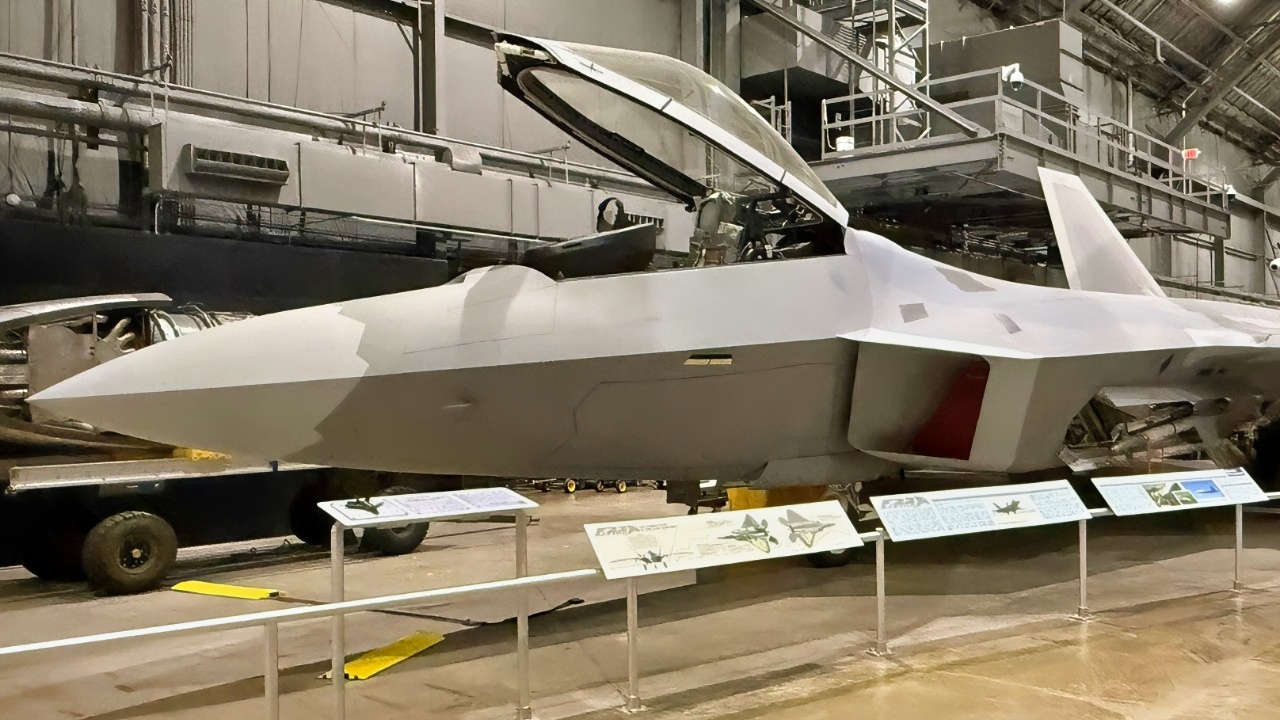
F-22A Raptor In Dayton, Ohio National Security Journal Photo.
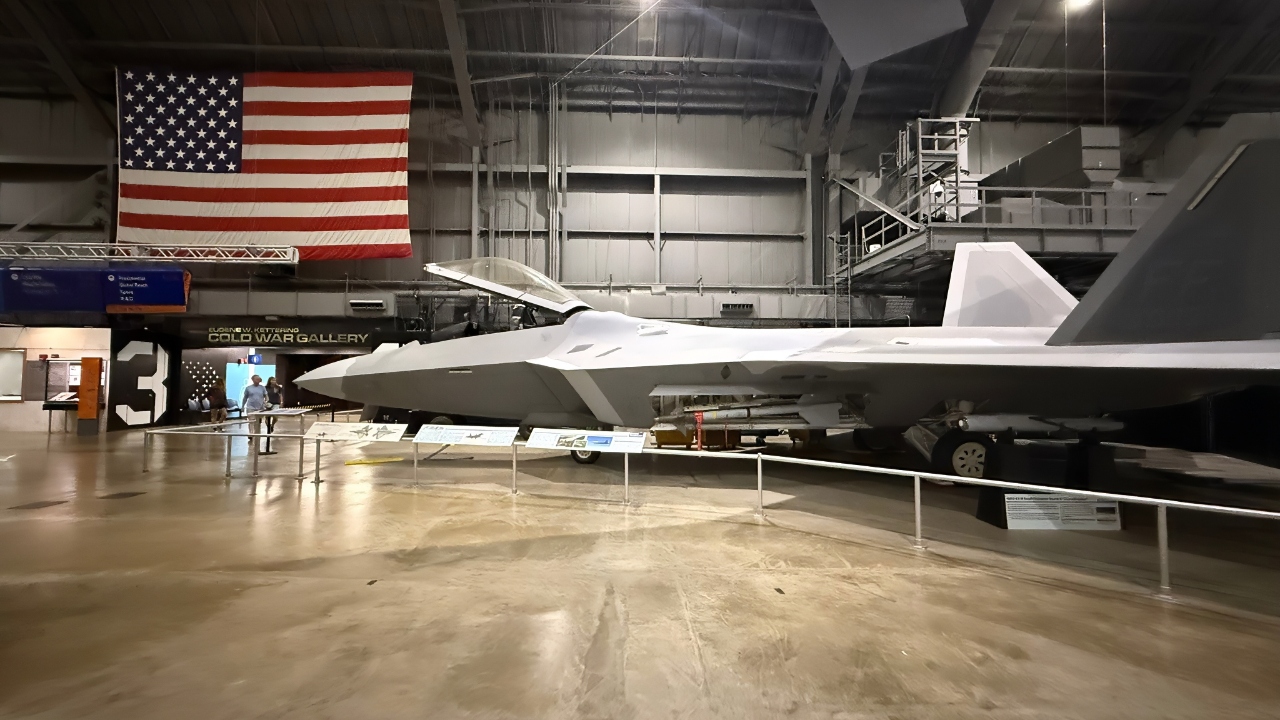
F-22 Resting at U.S. Air Force Museum. Image Credit: National Security Journal.
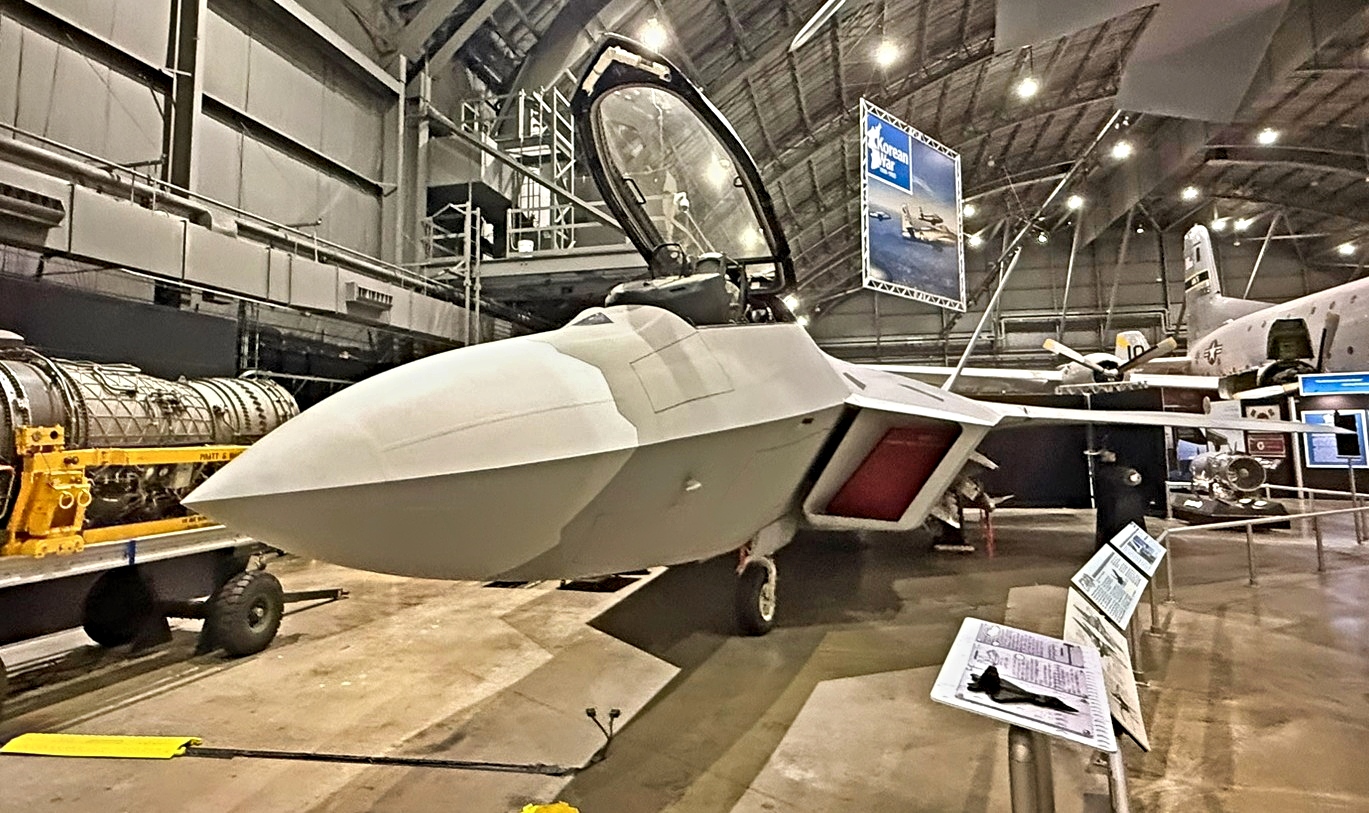
F-22 Raptor Nose Shot from U.S. Air Force Museum. Image Credit: National Security Journal.
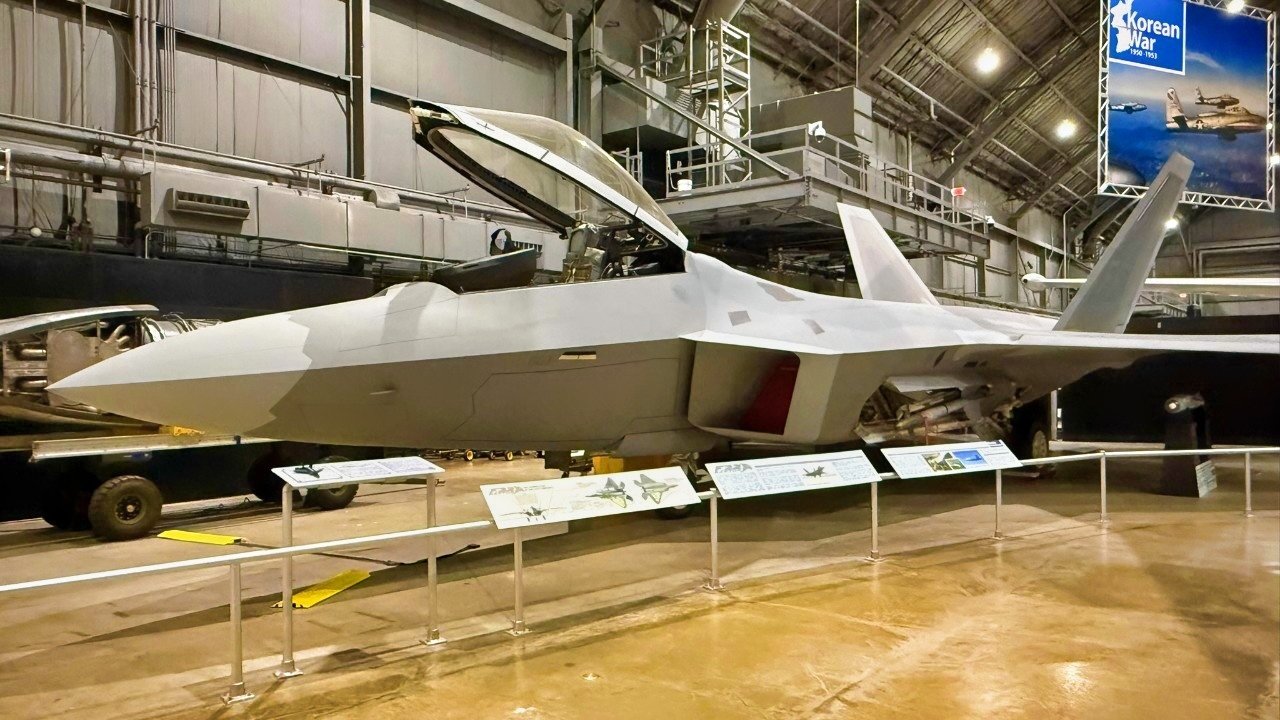
F-22 Raptor @ USAF Museum 2025. Image Credit: National Security Journal.
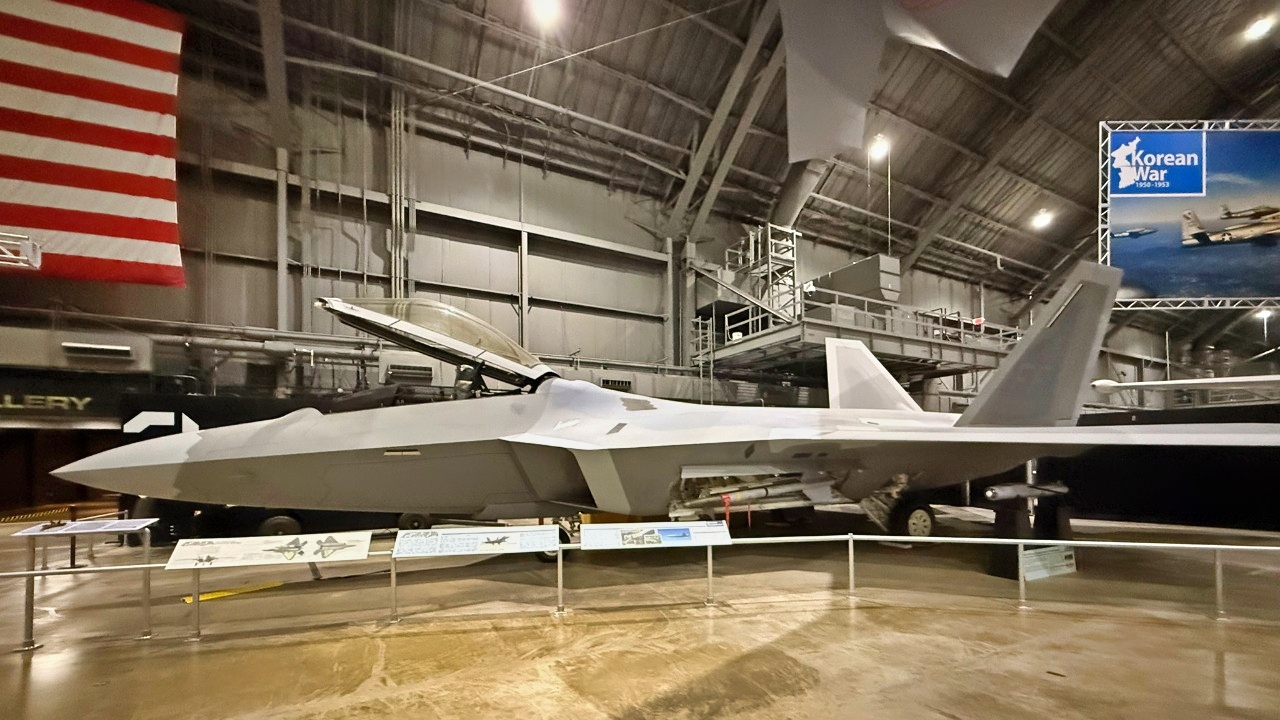
F-22 Raptor. This will be replaced by the F-47. Image Credit: National Security Journal.

YF-118G Bird of Prey and F-22 Raptor. Image Taken at U.S. Ai Force Museum on 7/20/2025.

F-22 Fighter. Image Credit: National Security Journal.
About the Author: Dr. Andrew Latham
Andrew Latham is a non-resident fellow at Defense Priorities and a professor of international relations and political theory at Macalester College in Saint Paul, MN. You can follow him on X: @aakatham. He writes a daily column for National Security Journal.
More Military
China’s Military Has 1 Goal: Beat America In a War
Confirmed: The U.S. Navy Still Loves the Aircraft Carrier
The F-22 Raptor Fighter Question No One Dares Ask


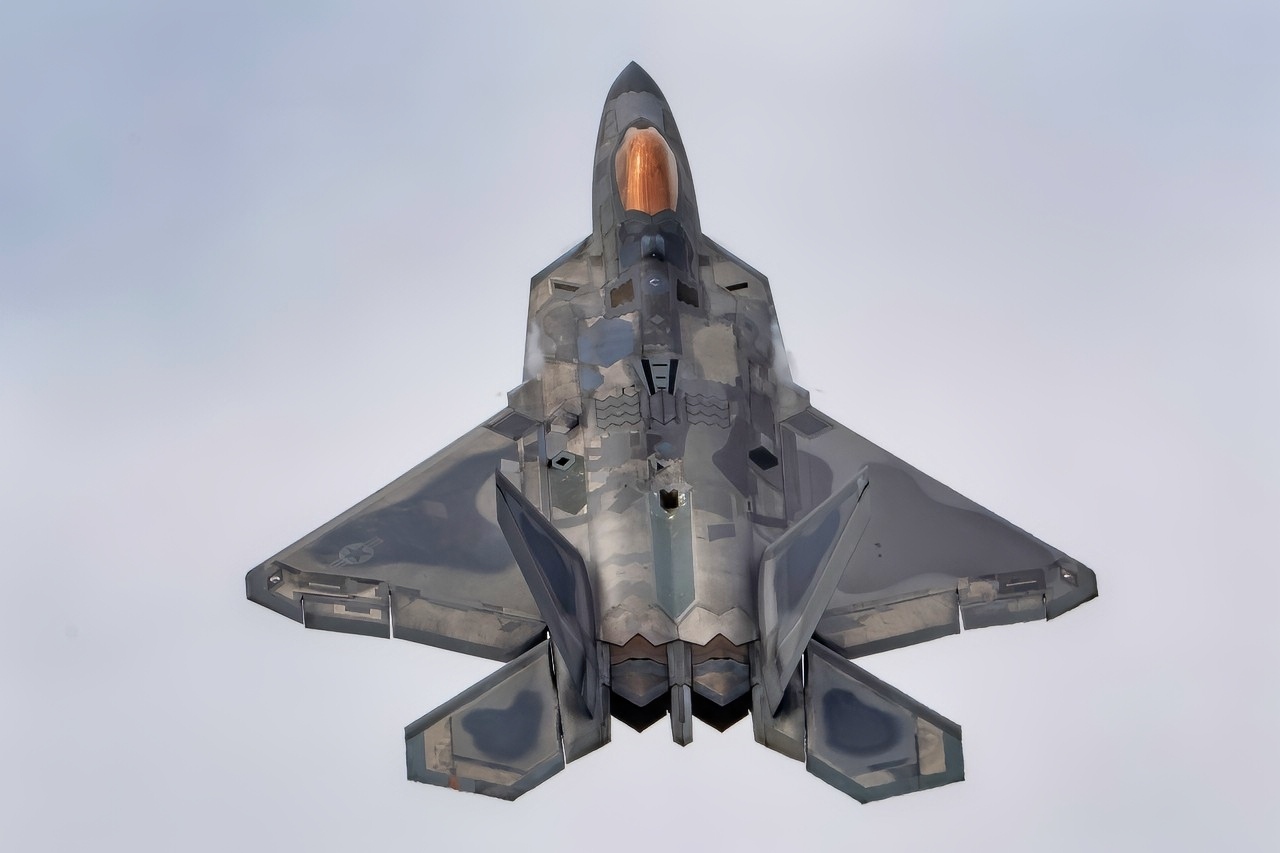








Mike
August 28, 2025 at 7:13 am
I completely disagree that this was a mistake. I think we did exactly what we should have. It’s nonsense to sell your best weapons to a foreign natio as you no longer have control where they go from there. Or if that nation decided to go rogue, you would have to fight your best weapons. If your neighborhood has a bunch of terrorists walk up into the neighborhood and start shooting, you are not going to want them to have the finest weapons in the world.
Gregory Charles
August 28, 2025 at 9:15 am
Sad to write, manned aircraft weapons will be a sure faded memory in the near future. Effort and expense has rightly shifted to increasingly sophisticated and superiorly capable unmanned systems. While supremely sophisticated and capable, F22 cost was prohibitive and hindering investment in more quickly advancing unmanned systems. It is a beauty and now an albatross, to be proud of and regret.
Edgar Camargo Jr
August 28, 2025 at 1:30 pm
The US choosing to not export the F-22, is not a mistake. As previously commented on, it doesn’t make any sense to hand out your best weapons. Weapons have gotten “lost”, stolen, bought by adversarial countries, many times throughout history. Look at Iran and our F-14’s. China and Russia have new planes sure, but I doubt they’re as capable. The F-35, which the U.S does export to its allies, our “2nd best” jet, is more than a match for anything in the sky today. The F-35 has been made in adequate numbers, and has the most sophisticated electronics and sensor systems the world has ever seen. We’ll be fine.
JOEL CARLSON
August 28, 2025 at 1:43 pm
Well, maybe it wa time for our Allies to start producing their own. They won’t be as advanced as ours. But, they will be formidable.
DAVID TENNIEN
August 28, 2025 at 6:49 pm
The biggest mistake was only building 187 of them. This is what blew up the cost. It’s called a economy of scale. We originally planned over 700 of them.
ts
August 28, 2025 at 6:55 pm
I also don’t believe it was a mistake, or at least to this point it hasn’t proven to be one. While stressful on paper if things went ‘hot’ with wannabe peer, to date the count of f-22s has proven to be sufficient.
Giving away our best technology for me should always be a no.
The real issue and fear I have is our ability to produce at scale. We need shipyard and mass manufacturing plans. We don’t necessarily need to mass produce today, but we need the directions to do so already complete, so we can start promptly if required.
Burleigh
August 29, 2025 at 11:46 am
????????? You have no idea of what your talking about
B Kudla
August 29, 2025 at 8:31 pm
If the Raptor was given to our allies and even one was downed and recovered by our adversaries, all tech advantages would be lost. The U.S. was right not sharing that platform, but should have produced many more…cost be damned
Ron Harris
August 30, 2025 at 6:38 am
The only mistake was cutting production, thanks Obama. The Raptor was/is a glaring example of American air superiority. It is just TOO good. Can’t have that, I suppose.
Spuwho
August 31, 2025 at 1:51 pm
The mistake was when the Obama Administration cancelled the program in favor of funding the F-35. We all know what that has created. USAF is actually in the middle of a $1B USD program to upgrade the FCS and mission software and computer on the F-22 which was woefully out of date. When done it will be able to participate in the DoD sensor fusion network and give it more years of service.
It was no coincidence that Russian military flights over the Bering Sea picked up after the Obama DoD moved the F-22′ s to Alaska for ADIZ duty due to early airframe retirements to save money which was a total waste of the asset.
The Russians immediately accepted the gift and started sending electronic intelligence aircraft with the bombers to start assessing the airframe.
That F-22 cancellation is why we are buying a boatload of F-15EX aircraft. The delays in the F-35 and the cancellation of the F-22 left a strategic capabilities hole the size of the moon
Adrian Maralusha
September 1, 2025 at 1:33 pm
No, the mistake was made by the Sec Def at the time to cancel the acquisition of 750 planes. Thats was one of the biggest blunders in military aviation. We need to keep our technology more secure. We should’ve bought more F22s instead of dumping money into the F35 moneypit.
RICKY L JOHNSON
September 3, 2025 at 12:28 pm
Northrup Grumman was the lead in the stealth super cruise race and built a better bird. The F 23. The thrust vectoring was the excuse to choose the 22 over the 23. Even though the 23 clearly was superior. It to like lockeeds 23. Wasn’t for sale over seas. And dick cheeney had a beef with Northrup. There’s the story.